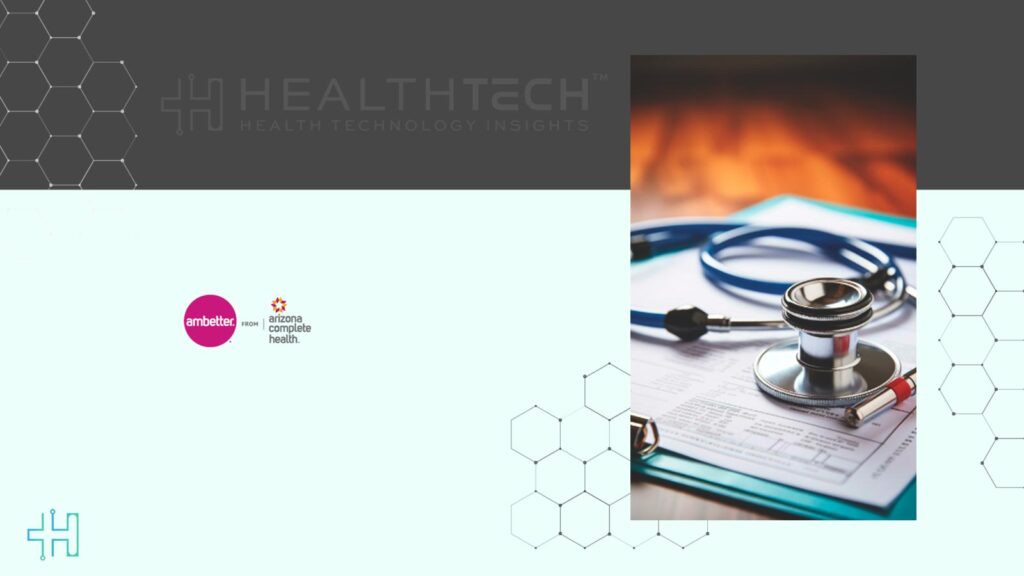The healthcare industry is generating data at an unprecedented rate, with a compound annual growth rate of 36% projected by 2025.
In healthcare, data are not merely pieces of information; they are the very base for improved care, quicker decisions, and patient experiences that are easy to follow. Still, there are numerous healthcare organizations that are facing the problem of their systems not communicating with one another. Interoperability is the solution to this problem. You might have heard this word in almost every context, but how does it really play out, and what makes it so indispensable for the healthcare of tomorrow?
Understanding Interoperability in Healthcare
Interoperability is the extent to which various healthcare technologies, including systems, software, and devices, can share, comprehend, and use patient data effortlessly. It implies that a patient’s health record can accompany him/her from a hospital to a clinic and then to a specialist without the need for manual data entry, printing, or faxing.
What if the health data comes from an EHR system, a laboratory device, a pharmacy application, or is collected by a smartwatch? Interoperability is the answer that assures all these sources are linked. Simply put, Access to data is made possible through the help of interoperability.
Why Is Interoperability So Important?
Healthcare is becoming more and more dependent on data. But when data are trapped in silos, it significantly slows down the process, causes duplication, and, most importantly, there are fewer opportunities to improve patient care.
The global healthcare interoperability solutions market was valued at USD 4.65 billion in 2024 and is projected to grow to USD 5.28 billion in 2025, eventually reaching USD 14.42 billion by 2033 (CAGR ~13.39%).
Interoperability has a wide range of advantages:
- Improved Patient Care: Health practitioners have access to complete patient records that result in fewer mistakes and more accurate diagnoses.
- Workflows Become Faster: Administrative activities such as record requests and manual data entry are facilitated.
- Care Coordination at Its Best: Different healthcare professionals can work together without any trouble, the aspect that is very beneficial for chronic and long-term care.
- Decreased Expenses: By cutting the redundancies in lab tests, imaging, and paperwork, we move towards the goal of lowering healthcare costs.
What Is The Mechanism Behind Interoperability?
In order for the systems to communicate effectively, healthcare institutions have to use the same standards and frameworks. These are among them:
- HL7 and FHIR Formats: Universal formats for clinical data exchange can be found here.
- API (Application Programming Interfaces): These are the technological welds that make it feasible for one system to “talk” to another.
- Health Information Exchanges (HIEs): Allow data sharing between different organizations by means of networks.
Interoperability standards guarantee that the systems speak a shared “language, even if they are different vendors built.”
Challenges to Achieving Interoperability
While the goal is clear, getting there isn’t always easy. Organizations often struggle with:
- Multiple and incompatible software systems across different facilities or partners.
- Strict privacy and security requirements can slow or complicate data sharing.
- Vendor limitations, where some systems are “closed” or require additional fees to integrate.
- Resistance to workflow changes, as staff need training and time to adapt to new systems.
- Data quality issues, especially when records contain inconsistencies or errors.
Overcoming these obstacles requires collaboration, investment, and strong leadership commitment, not just technology adoption.
What Healthcare Leaders Should Focus On?
If you are leading or advising on the health technology strategy, then these priorities might be of help to you:
Firstly, focus on systems that facilitate open standards and do not support closed platforms. By participating in the HIE networks, your potential partners can be organizations that are willing to provide maximum access to the data. To be able to share data safely and to be trusted, it is a good idea to allocate resources towards data security and compliance.
Starting the training of personnel early and making it a continuous process will certainly have a positive effect on the implementation of the project and also on the decrease of the employees’ dissatisfaction. Keep on evaluating current processes – connectivity is a continuous upgrade of your system.
The Future of Interoperability
With the expansion of telehealth and the increase of patient engagement tools, the need for immediate and error-free data sharing will be inevitable. At the same time, these devices, AI, and systems for remote health monitoring will produce more data than ever before. Interoperability is a way of achieving this, as it guarantees that the data is not merely recorded but also exploited to improve the results of care.
Healthcare is moving toward a more connected ecosystem, where patient-centered data flows smoothly across providers, systems, and care settings. Those companies that make the issue of interoperability their priority today will be in a stronger position to meet the demands of tomorrow’s digital healthcare landscape.
FAQs
1. What does interoperability mean in healthcare?
Interoperability is the term used to describe the capability of different health care systems, software, or devices to communicate with each other and to exchange patient information in a way that is both user-friendly and efficient. It also allows for the coordination of care by giving providers access to the latest data.
2. Why is interoperability important for hospitals and clinics?
Quality of care is enhanced, money is saved, and patient safety is ensured as there are fewer duplicate tests performed, mistakes in medical treatment are reduced, and decision-making processes are accelerated.
3. Is interoperability the same as electronic health records (EHRs)?
It is not quite the same. An EHR stands for a patient’s medical record that is digitally saved in one system. Interoperability refers to the ability of these records to be communicated to and understood by other systems, different clinics, and organizations.
4. How does interoperability benefit patients?
When there is interoperability among the providers, patients undergo procedures less often, their waiting time is shortened, and the care continuum is enhanced. Furthermore, it allows for easier transitions between different specialists or even care settings.
5. What challenges prevent full interoperability today?
Traditional issues are, for example, software systems that can’t communicate with each other, limited capabilities of vendors, anxiety about privacy, the change of workflows, and uneven quality of data. All of them can be resolved, but only if addressed jointly and with a clear plan for the future.
Dive deeper into the future of healthcare – Keep reading on Health Technology Insights.
To participate in our interviews, please write to our HealthTech Media Room at sudipto@intentamplify.com








